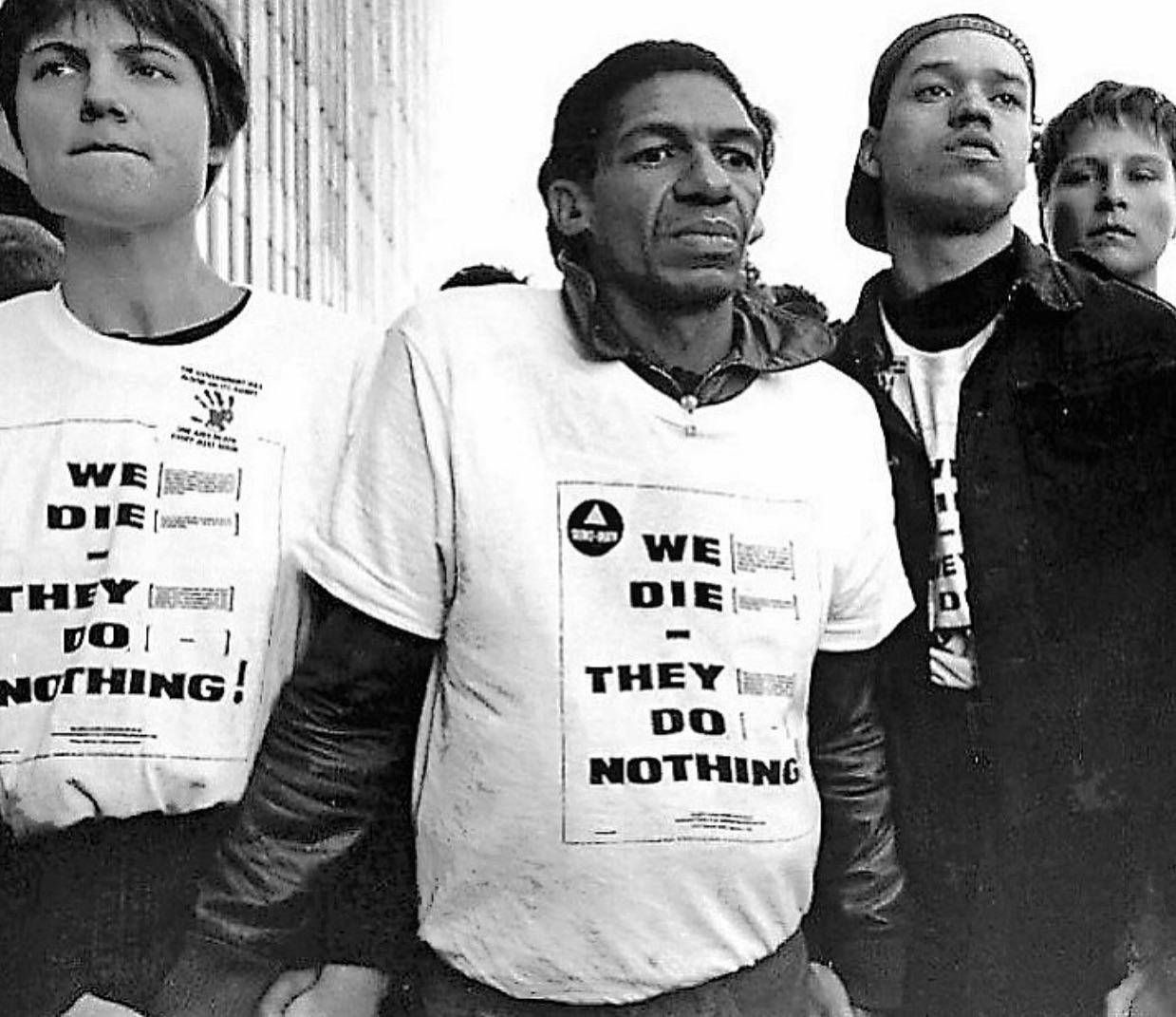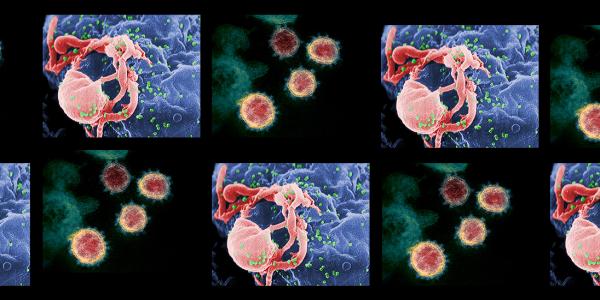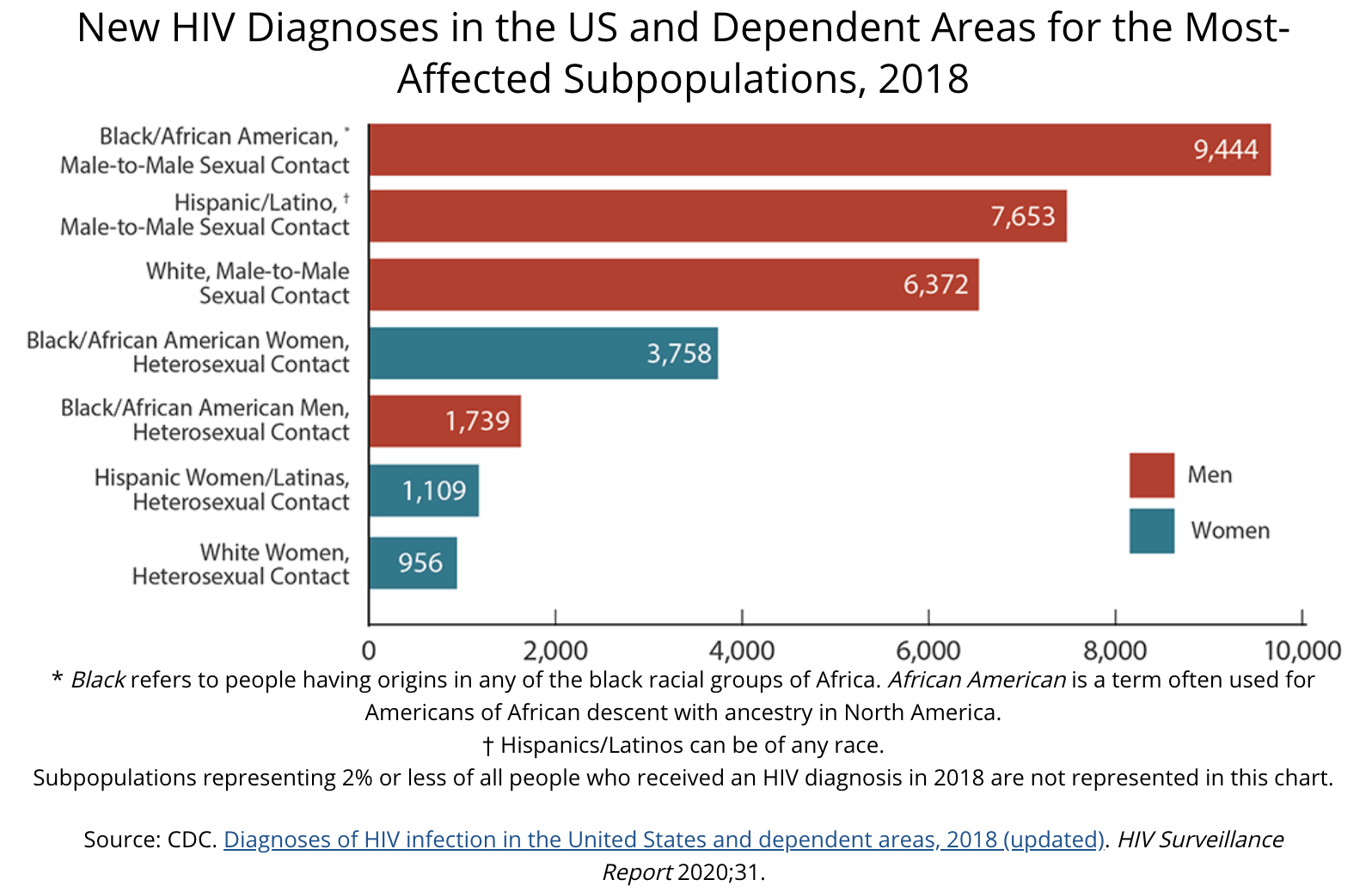René Esparza is an assistant professor of women, gender and sexuality studies.
SARS-CoV-2, the new coronavirus behind the COVID-19 pandemic, is a few dozen nanometers in size. Yet it has inflicted catastrophic damage on the United States. Since the onset of the pandemic, COVID-19 has both exposed and exploited the country’s long-festering racial inequities. That the United States has only 4 percent of the world’s population yet about 20 percent of all COVID-19 cases and deaths is the result of poor leadership compounded by the disparities that have systematically compromised the immune system of the biopolitically devalued among us. SARS-CoV-2 may be a new virus but, like HIV, it has proliferated unabated due to the sociobiological conditions sustained by state racism and neoliberal governance. The U.S. AIDS epidemic, which continues to impact thousands of poor Black and Latinx people each year, offers a pre-history of COVID-19.

When HIV first struck American central cities in 1981, medical authorities understood the disease as a behaviorally acquired condition afflicting “homosexuals.” It soon became apparent that intravenous drug users presented similar immune suppression symptoms. Societal disdain against gay/bisexual men and people who injected drugs shaped the sluggish response by the government in these early years, enabling the virus to gain a foothold in these populations. By 1982, 853 people had died of AIDS-related complications. Yet at a White House press conference that October, when a reporter asked Press Secretary Larry Speakes about the “gay plague,” Speakes and the press pool burst into laughter, mocking the reporter as a “fairy.” President Ronald Reagan himself first mentioned “AIDS” in public in 1985, after more than 5,000 Americans had died of AIDS-related complications.

This same willful negligence has likewise shaped President Donald J. Trump’s response to the COVID-19 pandemic. At a Michigan rally on January 30, 2020, President Trump insisted that the virus was “under control,” with only five Americans infected. But even as the numbers spiraled out of control in the ensuing months, President Trump reaffirmed the virus would simply “go away” with warmer weather. That promise did not come to fruition. As the number of cases multiplied, another disturbing fact came to light: the racial chasm of the pandemic.
According to data of 640,000 infections through May 28 that the New York Times first obtained after suing the Centers for Disease Control and Prevention, Black and Latinx people were three times more likely to become infected than their white neighbors and twice as likely to die from the virus. When asked about these disparities during a White House briefing of the coronavirus task force, Surgeon General Jerome Adams responded that Black and Latinx people had to “step up” and “avoid alcohol, drugs, and tobacco.” The Surgeon General’s behavioral explanation for unequal health outcomes reflects how diseases of oppression are often individualized as the manifestation of a lack of personal responsibility. Because our profit-driven healthcare system posits health as a private matter rather than a collective good, Americans tend to blame weak life choices — not overlapping structural vulnerabilities — for illness.
If we instead employ the social determinants of health in our analysis, we come to understand that Black and Latinx people, who already possess a lower baseline of health, tend to live in poor segregated neighborhoods without access to sound medical care. They are more likely to live in cramped, multi-generational homes where social distancing is a near impossibility. (Viruses thrive in closely packed spaces.) Black and Latinx people are also more likely to work low-wage “essential” jobs that do not offer paid sick leave. In addition to being unable to work from home, they are more likely to travel via public transportation. Although there is no biological predisposition to COVID-19, Black and Latinx people experience higher rates of co-morbidities like diabetes and heart disease that elevate their risk for fatal cases of the disease. Thus, the cumulative effects of deeply rooted inequities in housing, employment and healthcare—not personal “risk behaviors”—better account for the racial profile of COVID-19 in the much the same way such inequities have done so for AIDS.
With the CDC reporting in 2018 that Black and Latinx people accounted for 42 percent and 27 percent of new HIV diagnoses although they only comprised 13 percent and 18 percent of the U.S. population and its dependent areas, respectively, it is clear that AIDS is not over. The racial schism behind COVID-19 also belies the notion that the novel coronavirus is the “great equalizer.” In the United States, SARS-Cov-2 found the perfect host in a nation (newly) unwilling to contend with its lethal legacies of white supremacist violence — a reluctance that fed this deadly pathogen into its monstrous final state. As we anxiously await a viable vaccine against SARS-Cov-2 (a key difference compared with the government’s early inaction toward a vaccine against HIV), let us be reminded that unless we address the underlying sickness that is white supremacy, we may very well find a cure against the virus without truly healing those biopolitically devalued communities made most at risk.
Headline images: Scanning electron micrograph of HIV-1, credit: C. Goldsmith Content Providers: Centers for Disease Control and Prevention / C. Goldsmith, P. Feorino, E. L. Palmer, W. R. McManus; and Transmission electron microscope image of SARS-CoV-2, courtesy NIH’s National Institute of Allergy and Infectious Diseases (NIAID).





